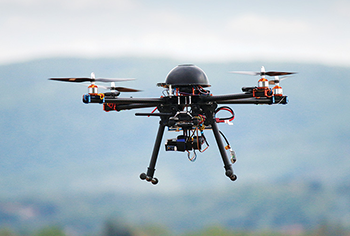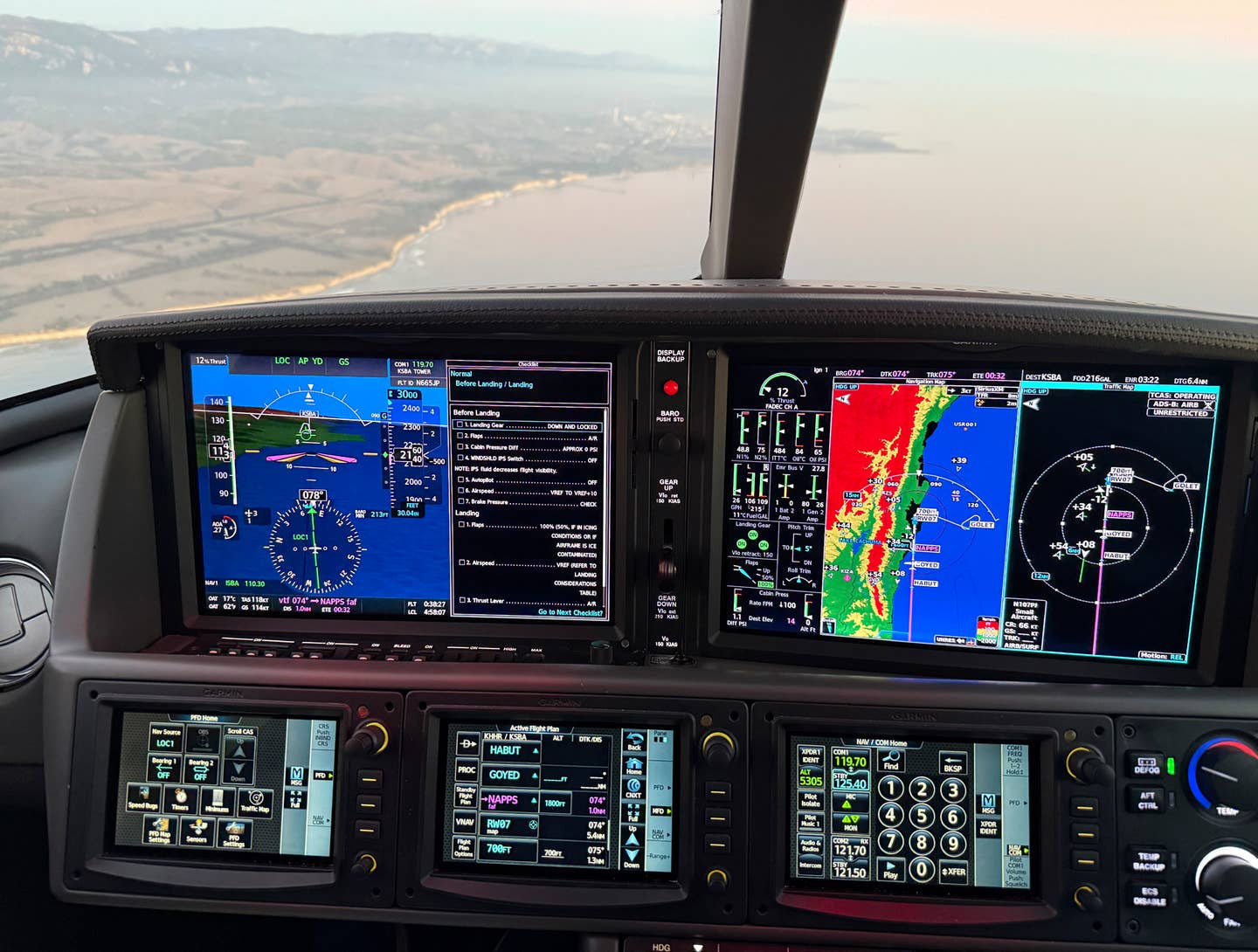
Over the weekend, the board of directors of the General Aviation Manufacturers Association (GAMA) created a new "associate member" category for electric and hybrid-propulsion aircraft. The reason for the new membership category is to hasten the worldwide development, growth and airworthiness certification of electric airplanes, which very well could play an important role in securing the future of general aviation.
That's good news for would-be makers of future plug-in electric and electric-hybrid aircraft, who sorely need all the help they can get in changing long-held attitudes about aircraft design. For example, under current certification regulations, the twin-electric-motor Airbus E-Fan two seater could never be used for ab initio pilot training by virtue of the fact that, technically, it's a twin.
The involvement by trade associations like GAMA will help smooth the transition to future aviation technologies by convincing regulators that they are safe and deserve new regulations to accommodate innovation.
This atmosphere of inclusion no doubt is a positive development in general aviation, but it doesn't go far enough. Unmanned aircraft, like the swarms of delivery drones envisioned by Amazon and Walmart, must be brought under the tent as well. We might fear a future that is dominated by UAVs encroaching on our airspace and flying freedoms, but that's exactly why we should be welcoming drone manufacturers to the table.
If we build a wall between traditional aviation and emerging unmanned aviation, all we'll do is ensure these aerial pursuits will travel divergent paths with divergent goals. By embracing UAVs as real aircraft, we can work with manufacturers, regulators and operators to ensure we'll all get along far into the future.
Get exclusive online content like this delivered straight to your inbox by signing up for our free enewsletter.

Sign-up for newsletters & special offers!
Get the latest FLYING stories & special offers delivered directly to your inbox






